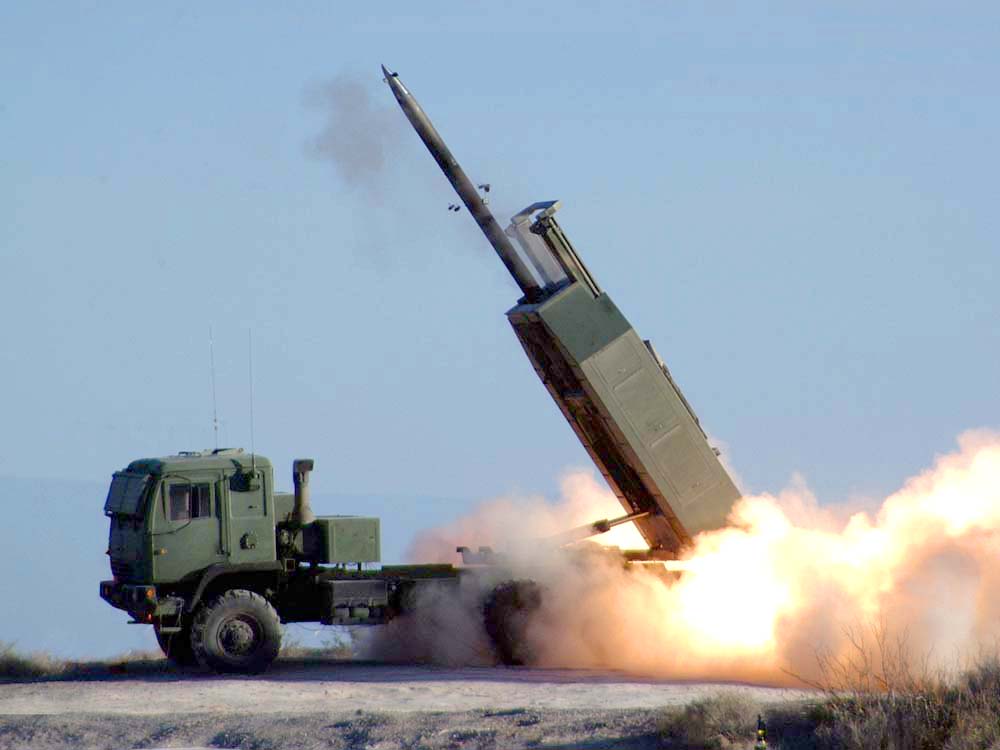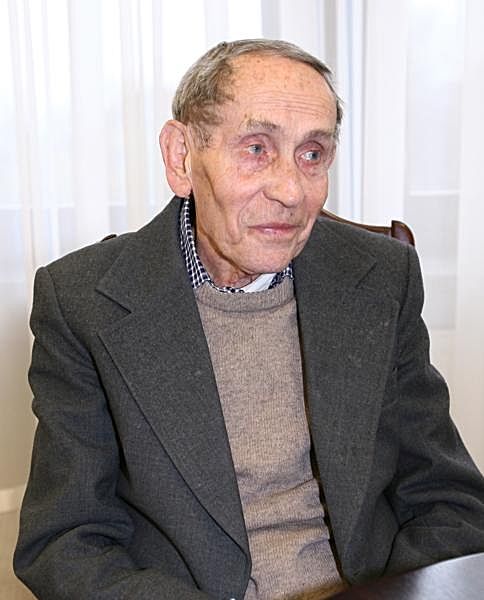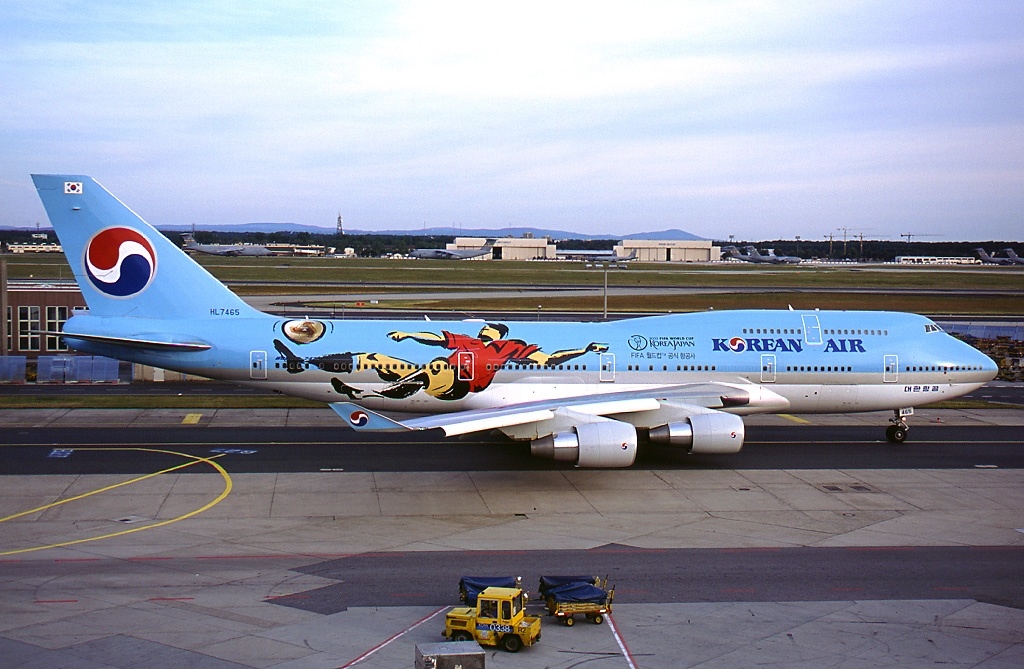|
K311 Cargo Truck
The K311 is a 4x4 multipurpose 1 1/4–ton class cargo truck developed for the Republic of Korea Armed Forces, and was introduced in 1980. It is commonly known as 4-5 (5/4) ton (4-5 톤) or military Dodge (군용 닷지), because it replaced and had similar appearance with Dodge M37. It is a modernized version of the American Kaiser Jeep M715 truck, which was also designed with an intention to replace the M37 truck. The truck was produced by Asia Motors until Hyundai Motor Company, Hyundai merged the company with Kia, Kia Motors in 1999. The KM450 is an export name designated by Kia Motors, and the name is used widely outside of South Korea for both old and new variants. General Characteristics K311A1 In June 2000, Kia Motors signed a deal with Turkish company, and began product improvement program (PIP) on K131 cargo truck, K131, K311, and K511 series. The export plan was cancelled due to 2001 Turkish economic crisis; nonetheless, Kia Motors, which has already spent a lot of ... [...More Info...] [...Related Items...] OR: [Wikipedia] [Google] [Baidu] |
South Korea
South Korea, officially the Republic of Korea (ROK), is a country in East Asia, constituting the southern part of the Korea, Korean Peninsula and sharing a Korean Demilitarized Zone, land border with North Korea. Its western border is formed by the Yellow Sea, while its eastern border is defined by the Sea of Japan. South Korea claims to be the sole legitimate government of the entire peninsula and List of islands of South Korea, adjacent islands. It has a Demographics of South Korea, population of 51.75 million, of which roughly half live in the Seoul Capital Area, the List of metropolitan areas by population, fourth most populous metropolitan area in the world. Other major cities include Incheon, Busan, and Daegu. The Korean Peninsula was inhabited as early as the Lower Paleolithic period. Its Gojoseon, first kingdom was noted in Chinese records in the early 7th century BCE. Following the unification of the Three Kingdoms of Korea into Unified Silla, Silla and Balhae in the ... [...More Info...] [...Related Items...] OR: [Wikipedia] [Google] [Baidu] |
Dodge M37
The Dodge M37 -ton 4x4 truck (G741) was Dodge's follow-up to their successful WC Series from World War II. Introduced in 1951, it was used extensively by the United States armed forces during the Korean war. In the 1970s, they were replaced by the Commercial Off The Shelf (COTS) based -ton trucks Kaiser M715 (late 1960s), and Dodge's M880/M890 series (1970s). History Six prototypes of the vehicle were produced in early-to-mid 1950 based on the WC series Dodge vehicles used in World War II, with the first pre-production pilot vehicle rolling off the assembly line on 14 December 1950. Many of the components on the M37 are similar or identical to the World War II vehicle and many deficiencies of the previous series were corrected in the M37. Notably, a conventional pickup truck style bed replaced the platform on the World War II vehicle, simplifying production. There was significant drivetrain and powerplant commonality with the WDX series civilian Power Wagons. The M37 s ... [...More Info...] [...Related Items...] OR: [Wikipedia] [Google] [Baidu] |
Multiple Rocket Launcher
A multiple rocket launcher (MRL) or multiple launch rocket system (MLRS) is a type of rocket artillery system that contains multiple launchers which are fixed to a single platform, and shoots its rocket ordnance in a fashion similar to a volley gun. Rockets are self-propelled in flight and have different capabilities than conventional artillery shells, such as longer effective range, lower recoil, typically considerably higher payload than a similarly sized gun artillery platform, or even carrying multiple warheads. Unguided rocket artillery is notoriously inaccurate and slow to reload compared to gun artillery. A multiple rocket launcher helps compensate for this with its ability to launch multiple rockets in rapid succession, which, coupled with the large kill zone of each warhead, can easily deliver saturation fire over a target area. However, modern rockets can use GPS or inertial guidance to combine the advantages of rockets with the higher accuracy of precision-gu ... [...More Info...] [...Related Items...] OR: [Wikipedia] [Google] [Baidu] |
2015
File:2015 Events Collage new.png, From top left, clockwise: Civil service in remembrance of November 2015 Paris attacks; Germanwings Flight 9525 was purposely crashed into the French Alps; the rubble of residences in Kathmandu following the April 2015 Nepal earthquake; World Leaders pose for a picture during the 2015 Paris Agreement; an airstrike in Sana'a during the Saudi Arabian–led intervention in Yemen; Refugees of the Syrian civil war come ashore in Greece; FIFA president Sepp Blatter is forced to resign in disgrace in the wake of the 2015 FIFA corruption case; New Horizons makes a flyby and takes the first images of Pluto., 300x300px, thumb rect 0 0 200 200 November 2015 Paris attacks rect 200 0 400 200 Germanwings Flight 9525 rect 400 0 600 200 April 2015 Nepal earthquake rect 0 200 300 400 New Horizons rect 300 200 600 400 Paris Agreement rect 0 400 200 600 2015 FIFA corruption case rect 200 400 400 600 Refugees of the Syrian civil war rect 400 400 600 600 Saudi Arabian� ... [...More Info...] [...Related Items...] OR: [Wikipedia] [Google] [Baidu] |
Zaytun Division
The Zaytun Division ( ko, 자이툰 부대; ku, Tîpa Zeytûnê) was a Republic of Korea Army contingent operating in Iraq from September 2004 to December 2008, carrying out peacekeeping and other reconstruction-related tasks as South Korea's contribution to the Iraq War. Formation South Korea dispatched a small contingent of 600 military medics and engineers (the 320th Medical Assistance 'Jema' Unit and the 1100th Construction Engineer 'Seoheui' Unit) to predominantly Shia areas in Southern Iraq in April 2003. The United States government asked South Korea to send additional forces on September 4, 2003. Upon request, Seoul formed the Division 'Zaytun' (Transcription (linguistics), transcription of Arabic language, Arabic word , 'olive') which stressed the peace-keeping role of the troops. An additional 2,200 troops (mostly engineers) were deployed to Erbil in the Kurdistan Region of Northern Iraq by early September 2004 and were grouped with the humanitarian troops who were reloc ... [...More Info...] [...Related Items...] OR: [Wikipedia] [Google] [Baidu] |
2002 FIFA World Cup
The 2002 FIFA World Cup, also branded as Korea Japan 2002, was the 17th FIFA World Cup, the quadrennial football world championship for men's national teams organized by FIFA. It was held from 31 May to 30 June 2002 at sites in South Korea and Japan, with its final match hosted by Japan at International Stadium in Yokohama. A field of 32 teams qualified for this World Cup, which was the first to be held in Asia, the first to be held outside of the Americas or Europe, as well as the first to be jointly-hosted by more than one nation. China, Ecuador, Senegal, and Slovenia made their World Cup debuts. The tournament had several upsets and surprise results, which included the defending champions France being eliminated in the group stage after earning a single point without scoring a goal and second favourites Argentina also being eliminated in the group stage. South Korea managed to reach the semi-finals, beating Poland, Portugal, Italy and Spain en route. They became the ... [...More Info...] [...Related Items...] OR: [Wikipedia] [Google] [Baidu] |
Aju Business Daily
Aju Business Daily (, also known as Ajunews) is a economic newspaper launched in October 2007 by former ''Korea Economic Daily'' and ' reporter Kwak Young-gil, and published in South Korea. Based in Seoul, it is a major newspaper in South Korea. History ''Aju Business Daily'' was founded in October 2007. In October 2010, it began to cooperate with Hong Kong-based ''Wen Wei Po ''Wen Wei Po'' is a pro-Beijing state-owned newspaper based in Hong Kong. The newspaper was established in Hong Kong on 9 September 1948, after its Shanghai edition was launched in 1938. Its head office is in the Hing Wai Centre () in Aberde ...'' to provide news about the Chinese economy. References Mass media in Seoul Publications established in 2007 Daily newspapers published in South Korea {{Asia-newspaper-stub ... [...More Info...] [...Related Items...] OR: [Wikipedia] [Google] [Baidu] |
Kia KM451 Ambulance
Kia Corporation, commonly known as Kia (, ; formerly known as Kyungsung Precision Industry and Kia Motors Corporation), is a South Korean multinational automobile manufacturer headquartered in Seoul, South Korea. It is South Korea's second largest automobile manufacturer, after its parent company, Hyundai Motor Company, with sales of over 2.8 million vehicles in 2019. the Kia Corporation is minority owned by Hyundai, which holds a 33.88% stake valued at just over US$6 billion. Kia in turn is a minority owner of more than twenty Hyundai subsidiaries ranging from 4.9% up to 45.37%, totaling more than US$8.3 billion. Etymology According to the company, the name "Kia" derives from the Sino-Korean characters (, 'to arise') and (, which stands for 亞細亞, meaning 'Asia'); it is roughly translated as "Rising from (East) Asia." History Origins and early expansion Kia was founded on June 9, 1944, as Kyungsung Precision Industry, a manufacturer of steel tubi ... [...More Info...] [...Related Items...] OR: [Wikipedia] [Google] [Baidu] |
Bullbar
A bullbar or push bumper (also (kanga)roo bar, winch bar or nudge bar in Australia, moose bumper in Canada, livestock stop (initially a term used to refer to locomotive pilots) or kangaroo device in Russia, and push bar, ram bar, brush guard, grille guard, cactus pusher, rammer, PIT bar, PIT bumper, or cattle pusher in the United States) is a device installed on the front of a vehicle to protect its front from collisions, whether an accidental collision with a large animal in rural roads, or an intentional collision by police with another vehicle. They range considerably in size and form, and are normally composed of welded steel or aluminium tubing, or, more recently, moulded polycarbonate and polyethylene materials. The "bull" in the name refers to cattle, which in rural areas sometimes roam onto rural roads and highways. Safety and legality Studies have shown that using bull bars increases the risk of death and serious injury to pedestrians. This is because the bull bar is ... [...More Info...] [...Related Items...] OR: [Wikipedia] [Google] [Baidu] |
Naver News
Naver (Hangul: 네이버) is a South Korean online platform operated by the Naver Corporation. It was launched in 1999 as the first web portal in South Korea to develop and use its own search engine. It was also the world's first operator to introduce the comprehensive search feature, which compiles search results from various categories and presents them in a single page. Naver has since added a multitude of new services ranging from basic features such as e-mail and news to the world's first online Q&A platform Knowledge iN. As of September 2017, the search engine handled 74.7% of all web searches in South Korea and had 42 million enrolled users. More than 25 million Koreans have Naver as the start page on their default browser and the mobile application has 28 million daily visitors. Naver has also been referred to as 'the Google of South Korea'. Owing to its rising popularity in Japan, Naver is now competing with Kakao to claim position in Japanese market of web novel and ... [...More Info...] [...Related Items...] OR: [Wikipedia] [Google] [Baidu] |
2001 Turkish Economic Crisis
The 2001 Turkish economic crisis was a financial crisis which resulted in a stock market crash and collapse in the Turkish Lira as a result of political and economic problems that had been wearing on Turkey for years. Leading up to the crisis, throughout the 1980s and 1990s, Turkey relied heavily on foreign investment for economic growth, with trade above 40% of GNP. The Turkish government and banking systems lacked the financial means to support meaningful economic growth. The government was already running enormous budget deficits, and one of the ways it managed to sustain these was by selling huge quantities of high-interest bonds to Turkish banks. Continuing inflation (likely a result of the enormous flow of foreign capital into Turkey) meant that the government could avoid defaulting on the bonds in the short term. As a consequence, Turkish banks came to rely on these high-yield bonds as a primary investment. Political instability In March 1996 a Coalition was formed betwe ... [...More Info...] [...Related Items...] OR: [Wikipedia] [Google] [Baidu] |







